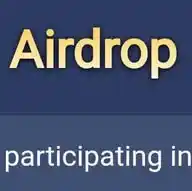
KUKILAND TIMES
3.2K subscribers
About KUKILAND TIMES
If the enemy leaves a door open, you must rush in. News, Memes+Trolls😎 KUKILAND a di'n 🪖 HA KU A KUKI ✊🏼😎 Seinom doh num na um ule always welcome https://ngl.link/kukilandtimes/
Similar Channels
Swipe to see more
Posts

Imagine if messenger had memories too. 1 year ago:I won't leave you baby Hehe🤭

Zomi ho ka pachat na pen chu lamkai UG/CSO'S a question ngam uve.A khoh le thanglianpau in jong a hal ngam uve.Chiho loi noi ahi ichan golden chance i lhasoh diu ham?? PS.HAOKIP leh Aron kipgen in ichan mi kichep na a anei diu ham?? Mipi ho doiloh poute A khoh le KIM lamkai inn,hihen lang aron inn hijong le,Ps inn hijong le a khoh le i hal diu ahe...hiti hin mipi ho sou hin tham² hih uvo Tuchung vang nahin suhkhel u le a pap napoh diu ahe 250 lives,50 thousand displaced,around 100 villages uprooted Chiho pap beh kichau vin


To all the girls out there looking for the sugar daddy 🤣🤣

















